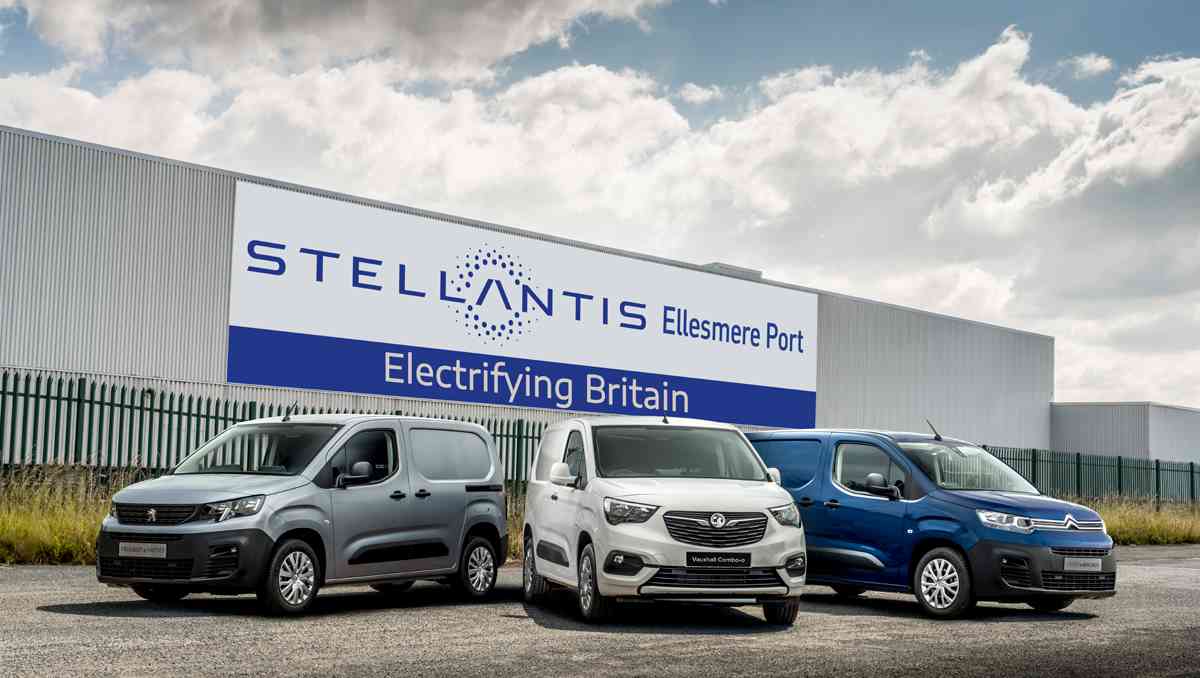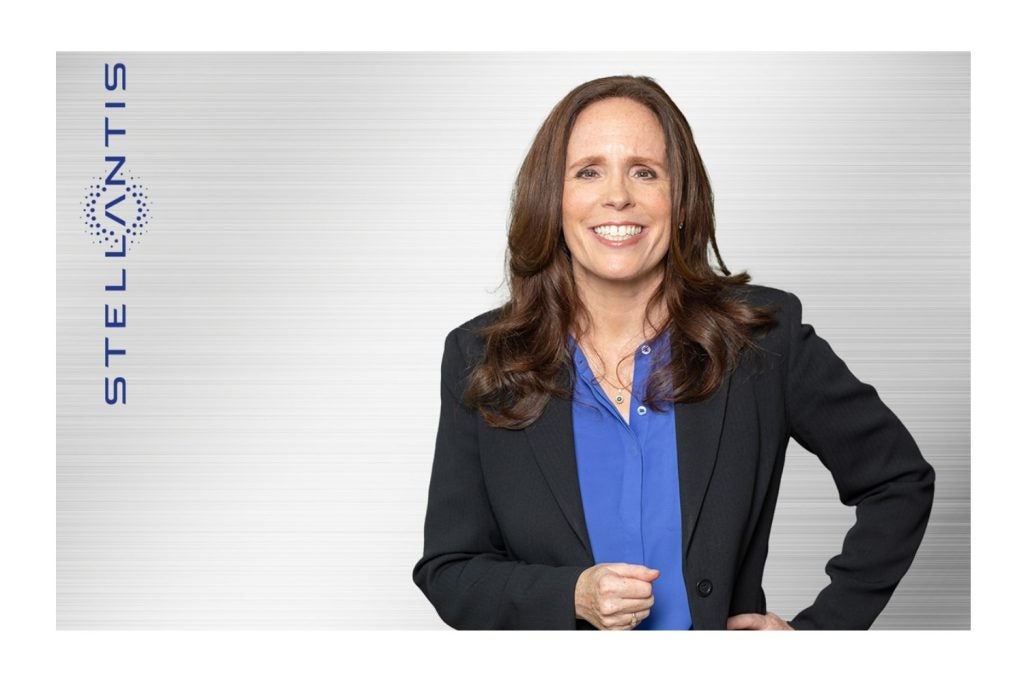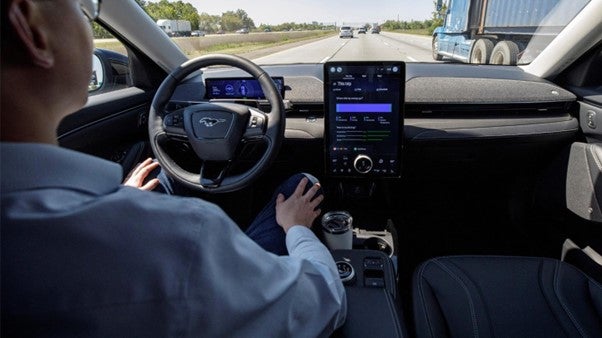
It’s hardly the resumption of Fiesta production (RIP 2003) but vehicle building is returning to Ford’s Dagenham complex after the automaker and Venari Group said they had signed a memorandum of understanding for a new alliance to further cooperation between the two businesses on emergency vehicles. The alliance brings together the UK market leader in commercial vehicles and the UK’s largest emergency service vehicle provider, in plans to manufacture the new, lightweight front-line ambulance – unveiled by Ford and Venari earlier this year. Based on the Transit chassis cab and developed under Project Siren, the lightweight ambulance was designed with input from industry experts and front-line medical teams. The lightweight ambulance is intended to be produced at a new facility at Dagenham from 2022, utilising an existing, “non-production location” that will be “refreshed” to accommodate its manufacturing requirements. It is anticipated that the new business will create around 100 new jobs once production begins. Integral to Ford Pro, Ford’s new business for distribution and services, the alliance marks the start of plans to grow and develop opportunities with key conversions partnerships, ensuring customers from every vocation have access to specialised vehicles. Dagenham was once the English equivalent of Detroit’s River Rouge complex, complete with its own River Thames dock – raw materials in, complete cars out – but was gradually wound down with all car and LCV manufacture shifted to Europe and, in recent years, has mostly produced engines.
Jaguar Land Rover chief executive, Thierry Bollore, has emphasised the firm electric direction of travel the manufacturer intends to pursue in the coming few years. With the UK having some of the most ambitious targets in Europe when it comes to decarbonisation – and with government firmly eyeing the automotive sector – JLR outlined some of its own thoughts in that regard. “It is clear for Jaguar, we have decided to go fully electric, which means the portfolio by 2025, will be fully electric,” said Bollore at the SMMT International Automotive Summit held both virtually and in person from London. “On the Land Rover side, we have a very similar path. “We know we can offer full electric, sustainable mobility to our customers; it is absolutely major for us. With fully electric, we can offer enhanced capabilities. For the business, it means a lot of investment in technology. We need investments and we need to consider how to master the control points to make sure we are positioned on the new value chain. “It means the EDU, batteries, the pack and modules, capabilities in software needed to maintain autonomous driving. It is not enough: we need to make sure the eco-system is sure for users, [that it is] seamless. For example, charging infrastructure, you will not even need to think about it. “The opportunity in the UK is absolutely fantastic. There is a clear orientation [and] we have permanent contact with government and the authorities.”
ZF is introducing a new scalable suite of data and AI based services for ADAS Virtual Engineering and Digital Validation, known as ADAS.ai. ADAS.ai is designed to help OEMs accelerate the development of ADAS for passenger cars and commercial vehicles. ZF ADAS.ai can be applied to ADAS systems developed by ZF, as well as other Tier I suppliers. The German supplier says ADAS.ai is based on two breakthroughs: a super-high resolution multi-sensor synchronised data set collected by driving all scenarios and mileage required to validate L2+ ADAS systems globally and proprietary AI technology developed with Cognata of Rehovot, Israel, which transforms the super-high-resolution data set to sensor inputs ‘as seen’ by new sensors in new vehicle applications. ADAS.ai is cloud-based and is designed to provide cost and quality advantages compared to traditional engineering and validation based on physical test drives and existing simulation technology. Full L2+ scenarios based on real-world-driving derived data are injected at multiple points in the engineering and validation phases, either in ‘virtual’ or ‘full sensor’ modes providing acceleration of the engineering and validation processes.
How well do you really know your competitors?
Access the most comprehensive Company Profiles on the market, powered by GlobalData. Save hours of research. Gain competitive edge.

Thank you!
Your download email will arrive shortly
Not ready to buy yet? Download a free sample
We are confident about the unique quality of our Company Profiles. However, we want you to make the most beneficial decision for your business, so we offer a free sample that you can download by submitting the below form
By GlobalDataJLR said this week the shortage affecting the semiconductor industry is creating a “real storm” as suppliers battle to keep up with huge demand. Several stars are aligning to create surging need for chips, such as industry starting to recover from the COVID-19 pandemic, resulting in a global shortage of semiconductors for automakers and electronics makers, causing delays. Another factor driving shortages stems from global lockdowns instituted by governments in a bid to fight coronavirus, as vast numbers of people are both working from home on laptops or using gaming consoles. “It is a real storm for the industry, no doubt [about] that,” said JLR chief executive, Thierry Bollore at the SMMT automotive summit in London. “We could mitigate shortages which were already on the market since the beginning of the crisis, which was the beginning of this year especially. You could see our excellent results of the last fiscal year, thanks to that mitigation. “However, a certain number of accidents occurred in Japan with some suppliers and also in Texas and all that together has created an even stronger storm and we are affected. For me it is going to last because we have learned – because we are not in direct contact with our microprocessor suppliers – it’s our Tier 1s who are in contact with them today. We have learned the difference of clock speed of this industry compared to our industry. They need to have long-term commitments in terms of ordering to make sure the capacities are available for what you need. These types of things were not really taken into account, for sure not by us, because we were not facing them directly, but not even by our Tier 1s, so to restructure and reorganise the supply chain to make sure we are on par with these microprocessor suppliers, it is going to take a bit of time, but that’s the situation we need to take. More broadly, I would see from my standpoint the OEMs, the car industry, with some very limited number of exceptions, have not considered the car is so much of the next connected object, IoT to a certain extent and as such needs to be very much interested by the microprocessor industry very directly.” Automakers should expect more chips in the second half of the year, but the overall squeeze on supply is likely to continue into 2022, according to one of the industry’s largest suppliers, Infineon, in comments made last May. However, the Munich-headquartered company said it would only start to make up lost volume in 2022 and blamed supplier issues for not expanding chip-making capacity fast enough.
Stellantis announced a GBP100m investment in Vauxhall’s Ellesmere Port plant to switch the site to electric vehicle manufacturing. It currently assembles Astra models from a mix of locally made and imported components. Ellesmere Port will become the first Stellantis plant to produce a solely battery-electric model, in both commercial and passenger versions, by the end of next year, for the Vauxhall, Opel, Peugeot and Citroen brands and for both domestic and export markets. “Stellantis investment in Ellesmere Port will leverage the performance improvement actions that have been made possible thanks to a co-building process between the company, the Unite Union and based on the workforce’s drive to transform their plant,” the automaker said in a statement. “Stellantis’ strong willingness to ensure a sustainable future for Ellesmere Port has been consistently supported by the UK government, the Cheshire West and Chester Council, Cheshire and Warrington Local Enterprise partnership and Chester College.”
The proliferation of electric vehicles over the last decade, combined with Tesla’s rise to prominence has brought with it a new wave of electric vehicle startups. With investors keen to splash the cash to find the next Tesla, many innovative companies are springing up, each claiming to be a revolution in the electric vehicle market. Canoo is yet another EV startup aiming to carve out a slice of the market, but what sets it apart from the rest?
Provisional data released by the European Energy Agency (EEA) has shown that passenger car CO2 emissions declined for the first time since 2016. Fleet passenger car emissions fell to 107.8g CO2/km in 2020, a 11.9% fall on 2018’s 122.3g CO2/km and the largest fall since records began. Despite best efforts of regulators, the markets shift to heavy crossovers and SUVs, coupled with de-dieselisation taking hold in Europe as a consequence of the VW emissions scandal, had threatened to derail Europe’s previous serene progress in reducing fleet CO2 emissions. In the case of 2020’s extremely positive result, the pandemic played a major role in the decline. One of the notable effects of COVID-19 on the European vehicle market has been the surge in electric vehicle sales. In Q1 2020, before the pandemic hit, battery electric vehicles (BEVs) accounted for 3.57% of the West European passenger car market. By Q4, BEV market share had surged to 10.71% (23% alone in December 2020). This was due to a number of factors. Firstly, OEMs – conscious of the need to meet CO2 fleet targets for 2020 – flooded the market with new BEVs and increased customer choice significantly. Second, to kickstart several markets, suffering under the pandemic, introduced a number of incentive schemes to try and boost vehicle sales. Most of these schemes had a green hue, thus making BEVs a more attractive proposition for consumers. Consequently, average fleet CO2 per km emissions plummeted and it is expected that none of the manufacturer pools for CO2 emissions will face substantial fines for non-compliance on targets in 2020. However, 2021 promises to be tougher for the manufacturer pools to avoid compliance fines, due to tapering of incentives and changes to the European Commission’s credit system.
Have a nice weekend.
Graeme Roberts, Deputy Editor, Just Auto







